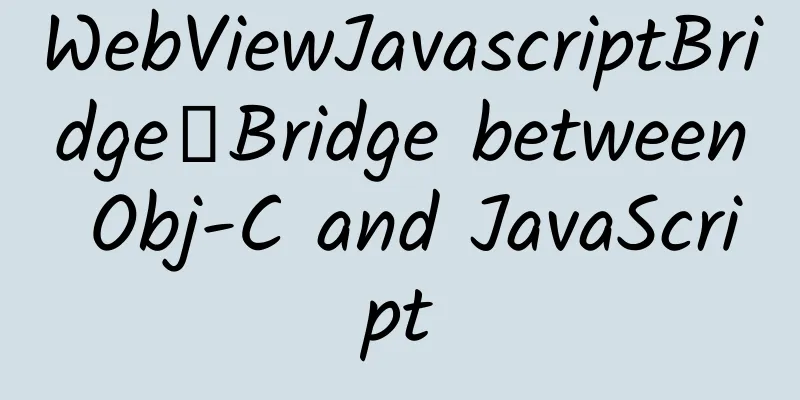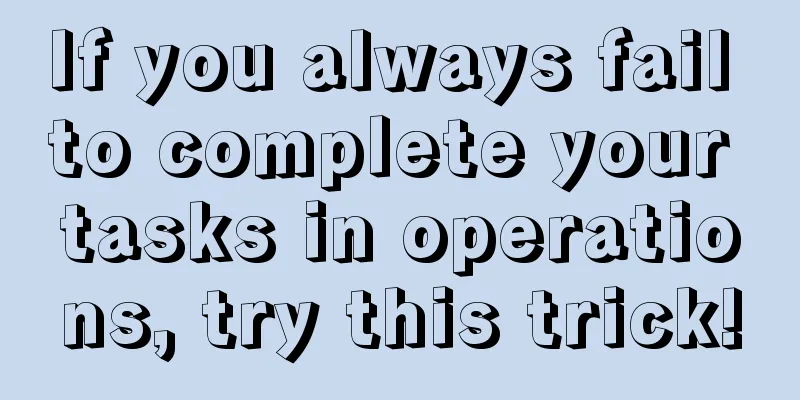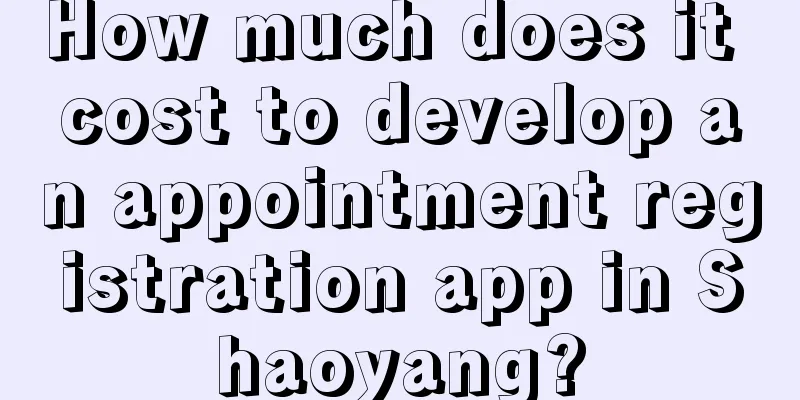WebViewJavascriptBridge-Bridge between Obj-C and JavaScript

|
WebViewJavascriptBridge is an iOS/OSX bridge for Obj-C and JavaScript to communicate via UIWebViews/WebViews. If you like WebViewJavascriptBridge, you might also want to check out WebViewProxy. Let me briefly explain the principles of Obj-C and JavaScript. It is very simple for Obj-C to call JavaScript. You can call JavaScript code through the stringByEvaluatingJavaScriptFromString: method of webview; JavaScript calls Obj-C by receiving JavaScript network requests through the web view's proxy method shouldStartLoadWithRequest: to implement the call. Projects using WebViewJavascriptBridge There are many companies and projects using WebViewJavascriptBridge. This list is not complete, feel free to add to it. Facebook Messenger Facebook Paper Yardsale EverTrue Game Insight Altralogica Sush.io Flutterby Labs JD Media's China Dojo4's Imbed CareZone Hemlig Installation & Examples (iOS & OSX) First open the Example Apps folder. Open the iOS or OSX project and click Run. To use WebViewJavascriptBridge in your own project: 1) Drag the WebViewJavascriptBridge folder into your project. In the dialog box that appears, uncheck (I think it should be checked) "Copy items into destination group's folder" and select "Create groups for any folders" 2) Import the header file and declare a property:
3) Instantiate WebViewJavascriptBridge and bring a UIWebView (iOS) or WebView (OSX):
4) First send some messages from ObjC to javascript:
5) Then, look at the javascript side:
Contributors & Forks Contributors: https://github.com/marcuswestin/WebViewJavascriptBridge/graphs/contributors Forks: https://github.com/marcuswestin/WebViewJavascriptBridge/network/members API Reference ObjC API
Create a javascript bridge to the web view. If the javascript needs a response, then WVJBResponseCallback cannot be nil. Of course, you can get the life cycle events of the web view through webViewDelegate:(UIWebViewDelegate*)webViewDelegate. example:
Send a message to javascript. And after the message is sent successfully, you can make some response through the responseCallback block. example:
Register a handler called handlerName. JavaScript can call this handler via WebViewJavascriptBridge.callHandler("handlerName"). example:
Calls the handler named handlerName in javascript. After the handler is successfully called, a response can be made through the responseCallback block. example:
Defining a bundle WebViewJavascriptBridge requires the WebViewJavascriptBridge.js.txt file to be embedded in the web view to create a bridge on the JS side. The standard implementation uses mainBundle to find this file. If you build a static library and you put this file somewhere else, you can find the WebViewJavascriptBridge.js.txt file as follows: [WebViewJavascriptBridge bridgeForWebView: (UIWebView/WebView*)webView webViewDelegate: (UIWebViewDelegate*)webViewDelegate handler:(WVJBHandler)handler resourceBundle:(NSBundle*)bundle example:
Javascript API document.addEventListener('WebViewJavascriptBridgeReady', function onBridgeReady(event) { … }, false) Waiting for the WebViewJavascriptBridgeReady DOM event. example:
bridge.init(function messageHandler(data, response) { … }) Initialize the bridge. This will invoke the 'WebViewJavascriptBridgeReady' event handler. This messageHandler function will receive all messages sent through the ObjC [bridge send:(id)data] and [bridge send:(id)data responseCallback:(WVJBResponseCallback)responseCallback] methods. If there is a WVJBResponseCallback block when ObjC sends a message, the message can be sent through the response object. example:
bridge.send("Hi there!") bridge.send({ Foo:"Bar" }) bridge.send(data, function responseCallback(responseData) { … }) Send a message to ObjC. After the message is sent successfully, you can react through the responseCallback function. example:
bridge.registerHandler(“handlerName”, function(responseData) { … }) Register a handler called handlerName. ObjC can call this handler via [bridge callHandler:"handlerName" data:@"Foo"] and [bridge callHandler:"handlerName" data:@"Foo" responseCallback:^(id responseData) { … }] example:
iOS4 support (including JSONKit) NOTE: iOS4 support has not been tested in V2+. WebViewJavascriptBridge uses NSJSONSerialization by default. If you need iOS 4 support, you can use JSONKit and add the USE_JSONKIT preprocessor macro to your project. |
<<: Cocos Developer Salon Chengdu Station will be grandly opened to serve entrepreneurs
>>: Subversive design - Apple cancels the Home button
Recommend
Can ZTE Mobile achieve a comeback by betting on 5G as it resigns from senior executives, suffers losses and lays off employees?
In early April, ZTE announced that Zeng Xuezhong,...
Tips for writing event planning proposals!
Every small event requires countless discussions,...
Douyin mini program development company, which one is more reliable?
Douyin mini program development company, which on...
Some Apple iPhone 13/12 iOS 15 devices damage car Bluetooth hands-free system
According to 9to5 Mac, more and more iPhone users...
How to make a good online event promotion plan?
In marketing psychology, herd mentality, the ment...
Baidu Search Bidding Promotion Operation White Paper
Paid bidding promotion has always been an importa...
No one can write good copy by piling up buzzwords!
I once wrote a sentence on the packaging of my fa...
How does the Android system automatically synchronize time through the NTP protocol, and the key code logic of the NTP service
NTP Network Time Protocol NTP (Network Time Proto...
Read 100,000+ soft article titles and 19 writing routines, and learn!
Introduction: It is said that to see whether a pe...
To attract traffic to your product, you need to master the three "relative truths" of traffic promotion
Generating traffic is essentially about generatin...
Car companies are launching large cars one after another, and the direction of "involution" in 2025 has changed.
In 2025, the direction of China's automotive ...
What is the relationship between grabbing red envelopes and mobile phones?
On every day when people can legitimately grab re...
He is known as a "stubborn ranger" and has identified the sources of more than 20 major rivers around the world with his team.
On February 22, Rolex announced the winners of th...
Nobel Prize Dinner Cancelled Will the 2020 Nobel Prize Ceremony be Cancelled?
Nobel Prize dinner cancelled According to the CCT...
CP Marketing Strategy of Internet Celebrities
The most popular CP on Tik Tok has broken up. On ...









